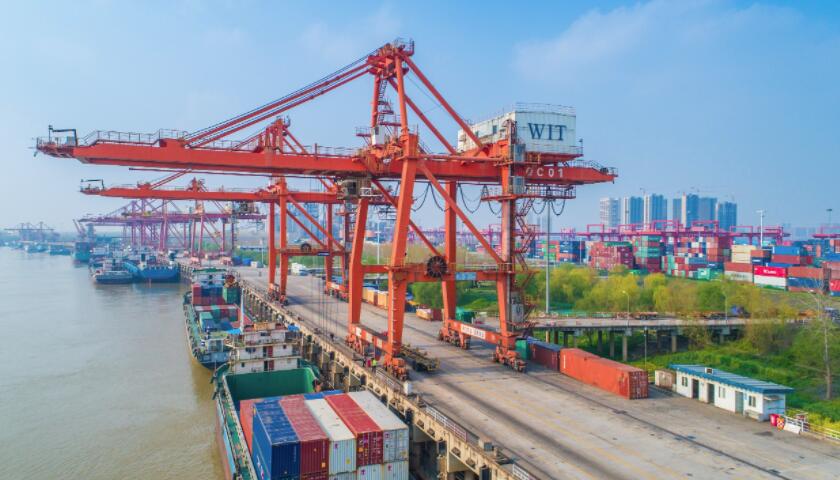
In recent years, cross-border e-commerce has developed rapidly, with policy tilt and capital injection undoubtedly proving its potential for development. In the current era of fierce competition and fragmentation among domestic e-commerce giants, cross-border e-commerce may become a new trend.

For cross-border e-commerce, logistics is an important part of it. On the one hand, as logistics is a part of enterprise costs, choosing the appropriate logistics method will undoubtedly control enterprise costs; On the other hand, logistics and transportation are closely related to user experience, and a good user experience can also enhance the brand image and reputation of the enterprise. So, what are the logistics methods for cross-border e-commerce? How does the seller choose logistics?
1、 Postal package mode
Postal packages, also known as postal packages, are currently the main logistics model for cross-border e-commerce logistics in China. Their characteristics are wide coverage, which is also a thoughtful model for cross-border e-commerce logistics. Postal packages cover more than 230 countries and regions around the world, and can be delivered in almost any corner of the world. However, postal parcels are increasingly unable to adapt to the development of cross-border e-commerce, as the slow logistics time also seriously restricts the development of cross-border e-commerce.
2、 Dedicated logistics mode
Specialized logistics mode generally refers to the centralized delivery of goods by multiple recipients in the same region to the destination country or region through air dedicated lines, and then delivery by local cooperative companies or logistics branches. Due to its clustering of packages and other scale effects, as well as its presence in the form of air freight, its logistics efficiency and transportation costs will be higher than those of postal packages and lower than those of international express delivery.
3、 International express transportation mode
Refers to the world's four major commercial express delivery giants, namely DHL, TNT, FEDEX, and UPS. Through their self built global network, these international logistics couriers utilize powerful IT systems and localized services around the world to provide a logistics experience for overseas users who purchase Chinese products online, and quickly obtain large costs. Sellers generally do not actively choose the international express mode to send goods. So the share of international express transportation in the cross-border e-commerce market is relatively small.
4、 Domestic express transportation mode
SF Express and EMS are relatively familiar in China. These express delivery companies have a relatively late international business layout and cover relatively limited overseas markets, but they have fast delivery speeds and strong export capabilities.
5、 The operation mode of overseas warehouses
The "overseas warehouse" model is for cross-border e-commerce sellers to first stock up their goods to the logistics warehouse in the destination country, and then directly ship them from the overseas warehouse to the customer after the customer places an order on the seller's e-commerce website or third-party store. In order to improve logistics efficiency and provide customers with a high-quality logistics experience. However, sellers usually only choose best-selling overseas warehouses for their goods.
How does the seller choose logistics? What kind of logistics should multinational e-commerce choose? You can refer to the following content:
1、 Security can be tracked. Be aware of the condition of the goods at any time to avoid losses caused by loss, damage, or other unexpected circumstances during transportation.
2、 Can control the timeliness. By enhancing the user experience and thereby enhancing the brand image and reputation of the enterprise, sales will naturally increase.
Excellent service and high cost-effectiveness; When the first and second conditions are met, choose a logistics method with higher cost-effectiveness. A comprehensive consideration should be given based on the characteristics of the products sold, such as size, safety, shelf life, and convenience of customs clearance.
 Home
Home
 Business
Business
 News
News
 Contact
Contact